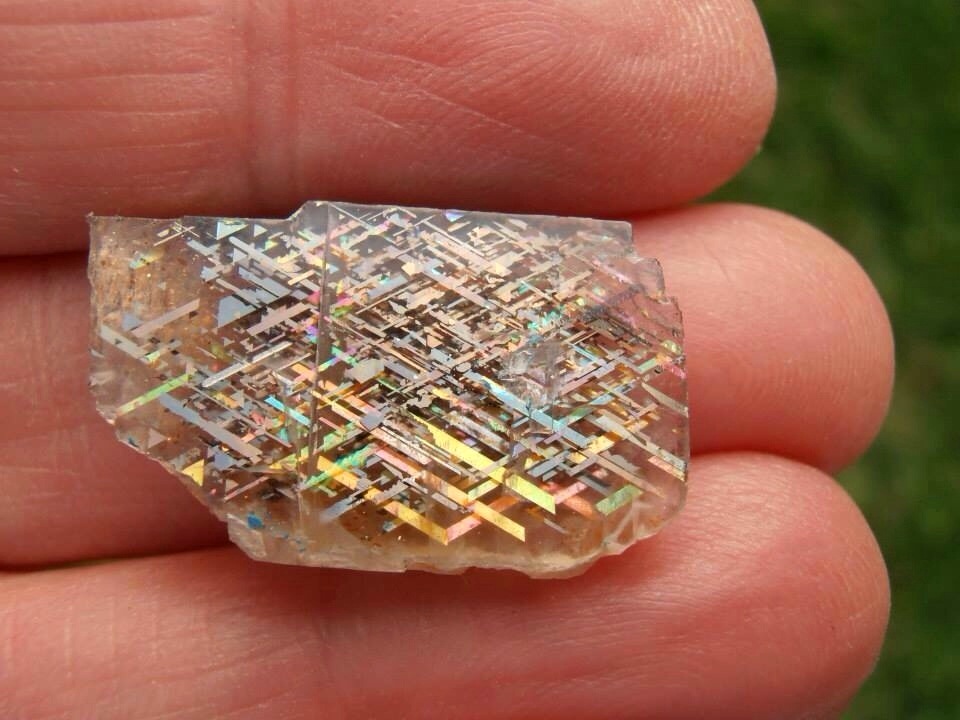The Intricate Dance of Atoms: Unveiling the Formation of Crystals
Crystals have captivated human fascination for centuries with their mesmerizing beauty and unique properties. From the delicate sparkle of diamonds to the vibrant hues of gemstones, crystals are a testament to the intricate dance of atoms. In this article, we will delve into the captivating world of crystal formation, exploring the processes and factors that contribute to their mesmerizing structures.
- Nucleation:
The journey of crystal formation begins with nucleation, a critical step where individual atoms or molecules arrange themselves into a stable pattern. This process can occur spontaneously in nature or be induced through various methods such as cooling, evaporation, or chemical reactions. Understanding nucleation is crucial as it sets the foundation for crystal growth. - Crystal Growth:
Once nucleation occurs, crystal growth takes center stage. Atoms or molecules continuously add themselves to the crystal lattice, expanding its structure. This growth can happen in different ways, depending on the crystal's properties and environmental conditions. Factors such as temperature, pressure, and the presence of impurities influence the growth rate and final shape of the crystal. - Crystallography:
Crystallography is the study of crystal structures, providing insights into their internal arrangement and symmetry. The arrangement of atoms within a crystal lattice determines its unique properties, such as optical, electrical, and mechanical characteristics. By utilizing techniques like X-ray crystallography, scientists can precisely determine the positions of atoms within a crystal, unraveling its secrets. - Polymorphism:
Crystals can exhibit polymorphism, meaning they can exist in multiple forms or structures. This phenomenon occurs when the same chemical composition results in different crystal arrangements. Polymorphism often arises due to variations in temperature, pressure, or the presence of impurities during crystal formation. Understanding polymorphism is crucial in fields like pharmaceuticals, where different crystal forms can have varying solubilities and bioavailabilities. - Crystal Defects:
While crystals strive for perfection, defects can occur during their formation. These defects can be classified into various types, such as vacancies, interstitials, dislocations, or impurities. These imperfections not only influence the crystal's physical properties but also play a vital role in determining its functionality in applications like semiconductors, where controlled defects can enhance conductivity.
Conclusion:
The formation of crystals is a complex and captivating process, driven by the delicate interplay of atoms and molecules. From nucleation to crystal growth, understanding the intricacies of crystal formation allows us to appreciate their beauty and harness their unique properties. By exploring crystallography, polymorphism, and defects, scientists continue to unlock the secrets of crystals, paving the way for advancements in various industries, from materials science to medicine.

Post Comment